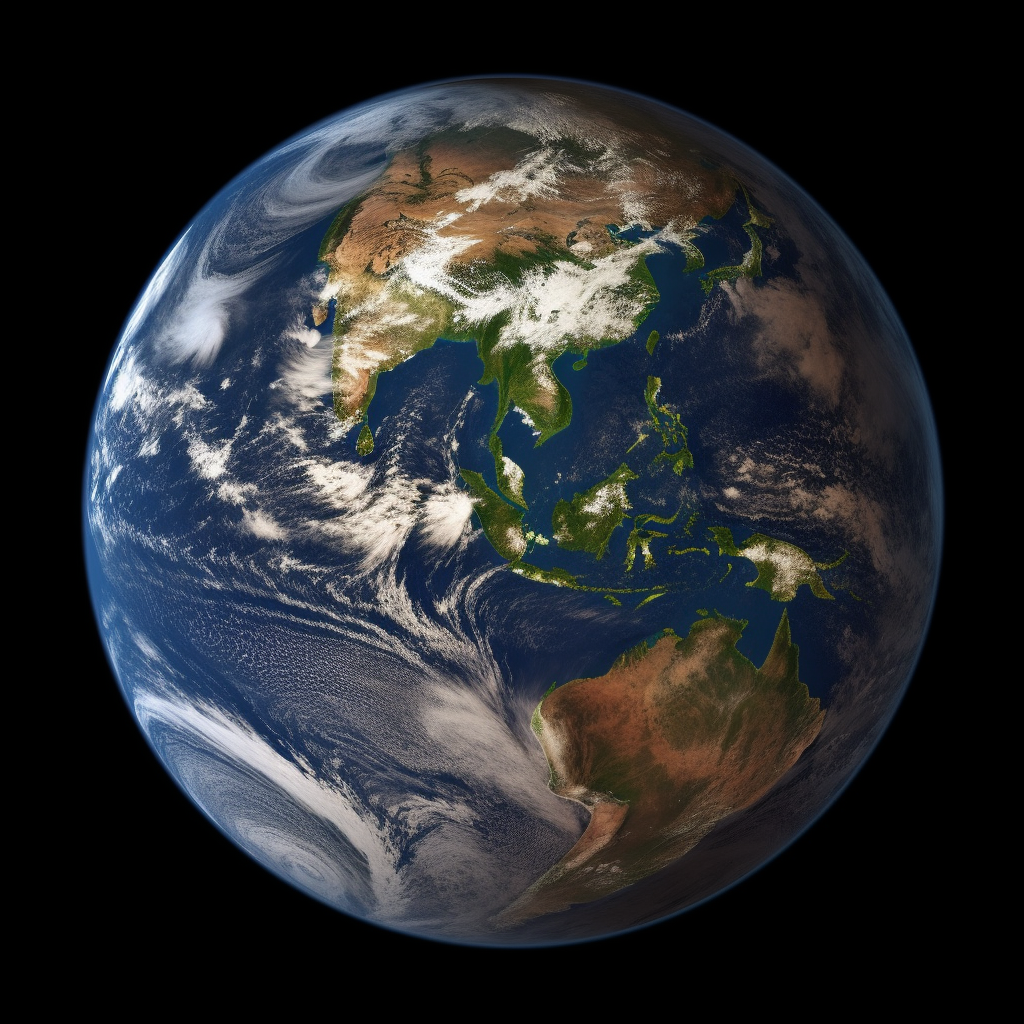
And the whole earth was of one language and of one speech (Genesis 11:1)
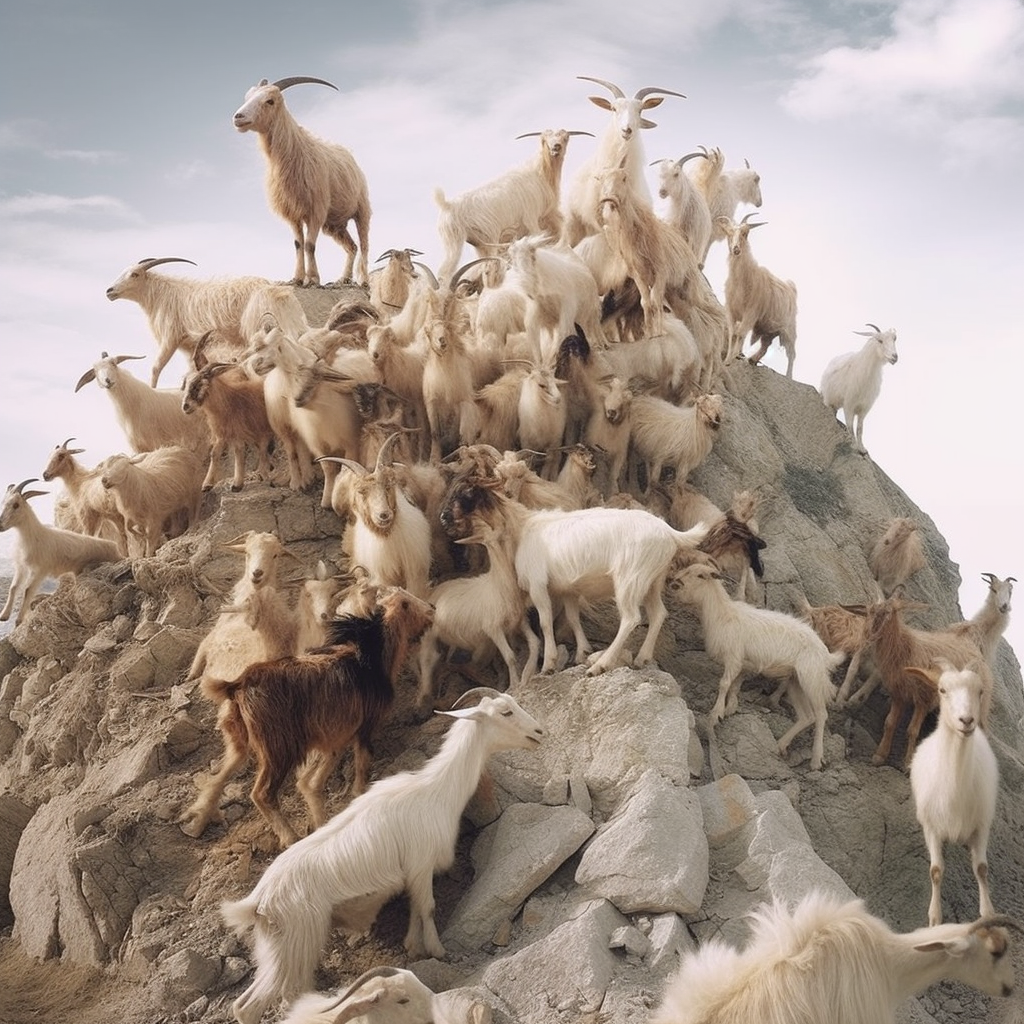
And it came to pass at the time that the flock conceived, that I lifted up mine eyes, and saw in a dream, and, behold, the he-goats which leaped upon the flock were streaked, speckled, and grizzled (Genesis 31:10)
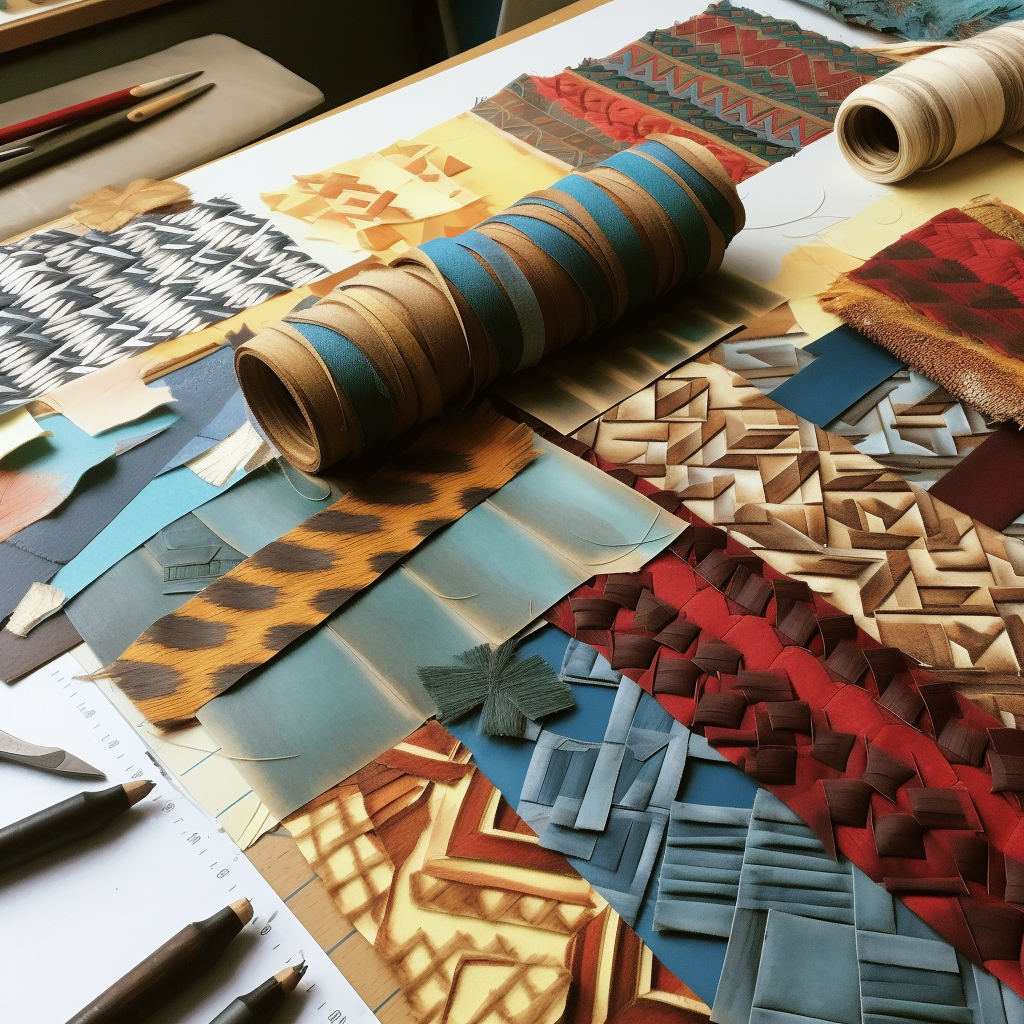
And see that thou make them after their pattern, which is being shown thee in the mount (Exodus 25:40)
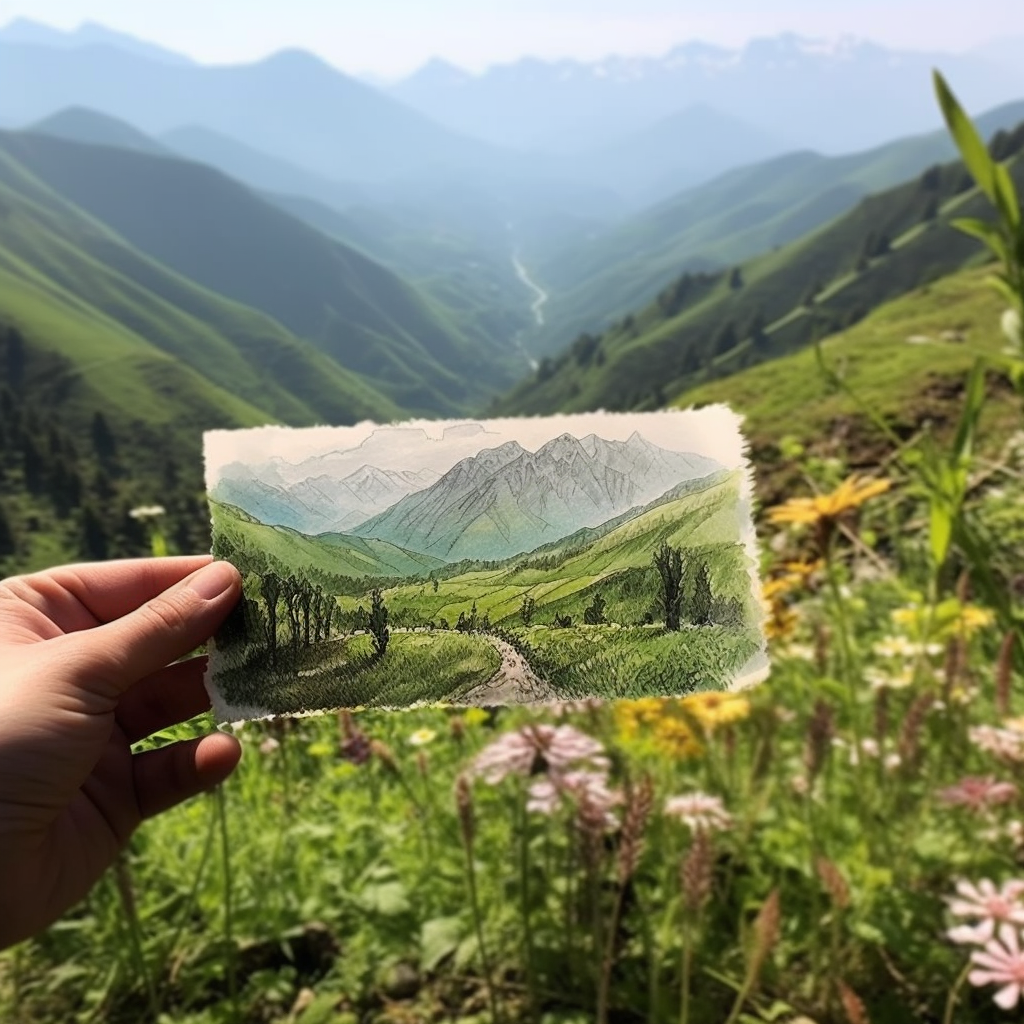
And the border was drawn from the top of the mountain unto the fountain of the waters of Nephtoah, and went out to the cities of mount Ephron; and the border was drawn to Baalah--the same is Kiriath-jearim (Joshua 15:9)
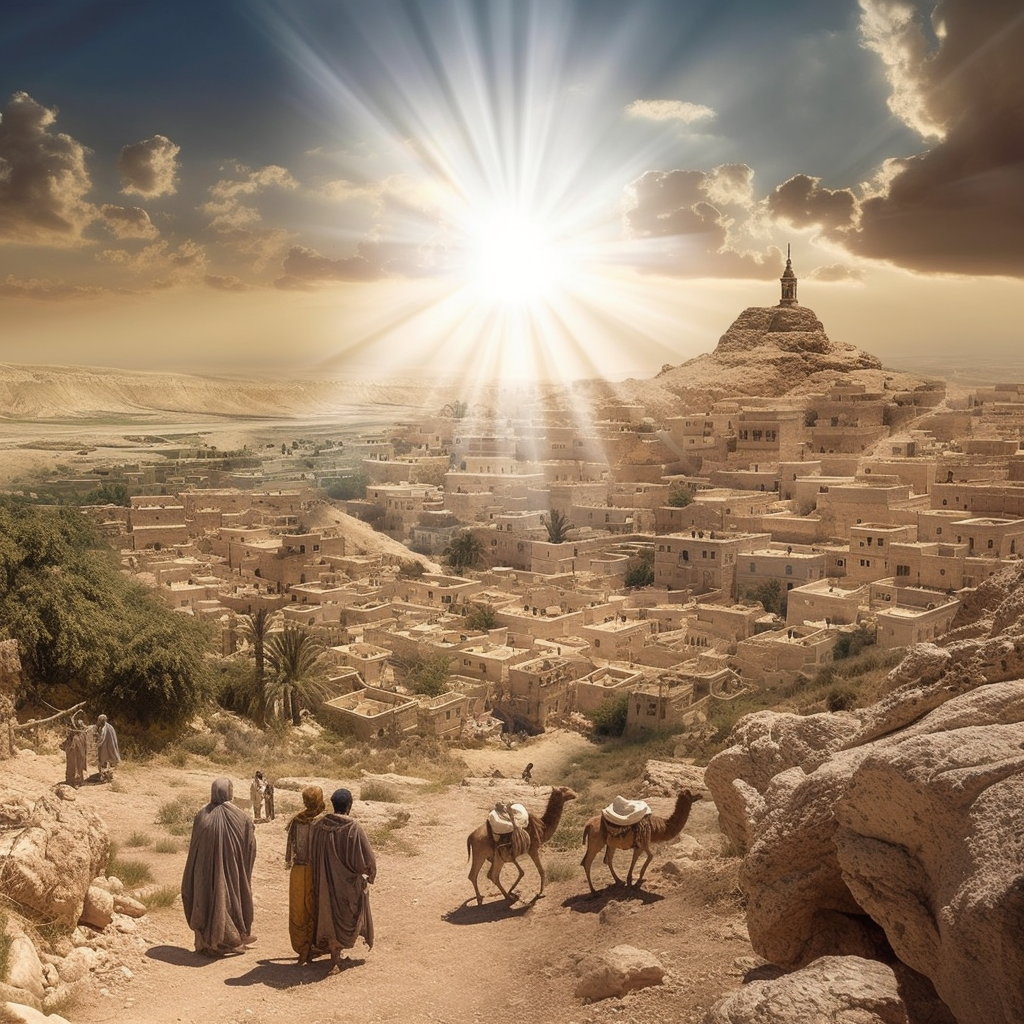
Fair in situation, the joy of the whole earth; even mount Zion, the uttermost parts of the north, the city of the great King (Psalms 48:3)

Who coverest Thyself with light as with a garment, who stretchest out the heavens like a curtain (Psalms 104:2)

Even the darkness is not too dark for Thee, but the night shineth as the day; the darkness is even as the light (Psalms 129:12)
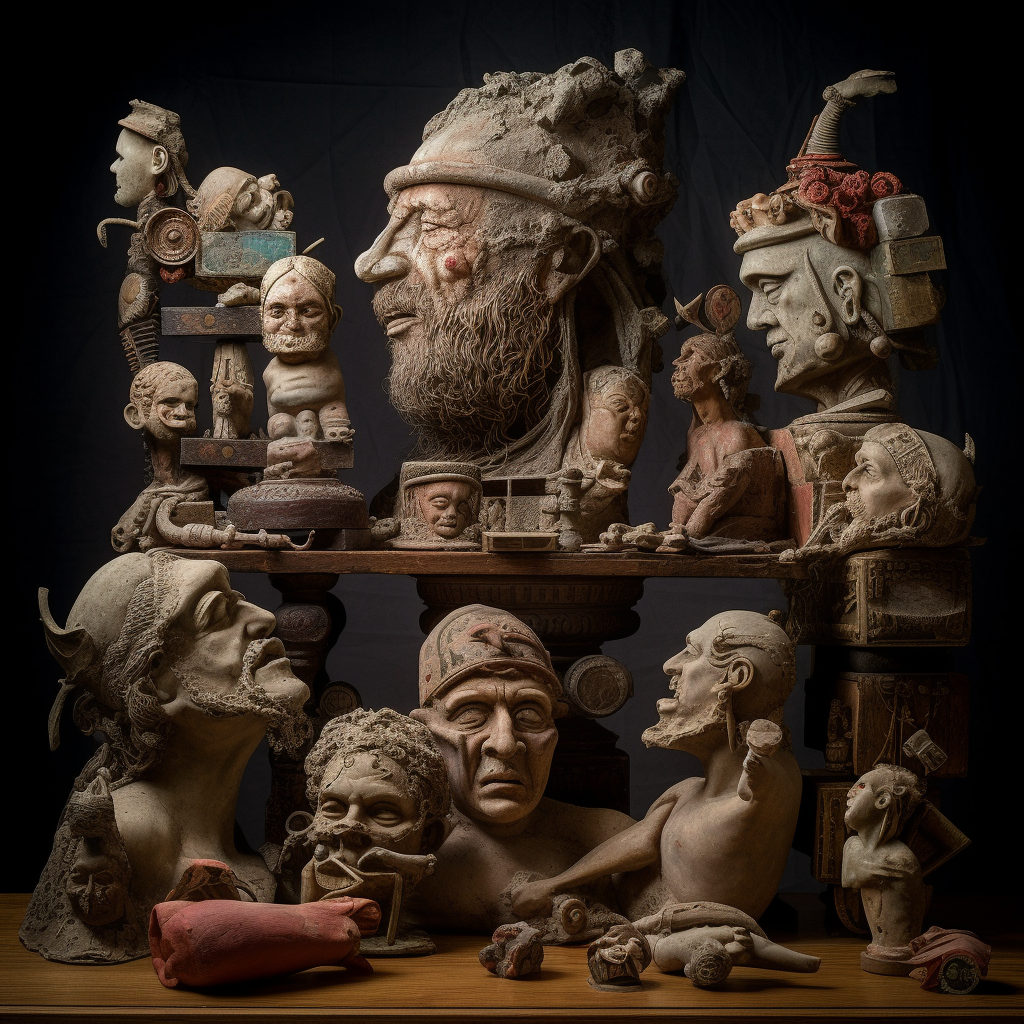
It stood still, but I could not discern the appearance thereof; a form was before mine eyes; I heard a still voice (Job 4:16)
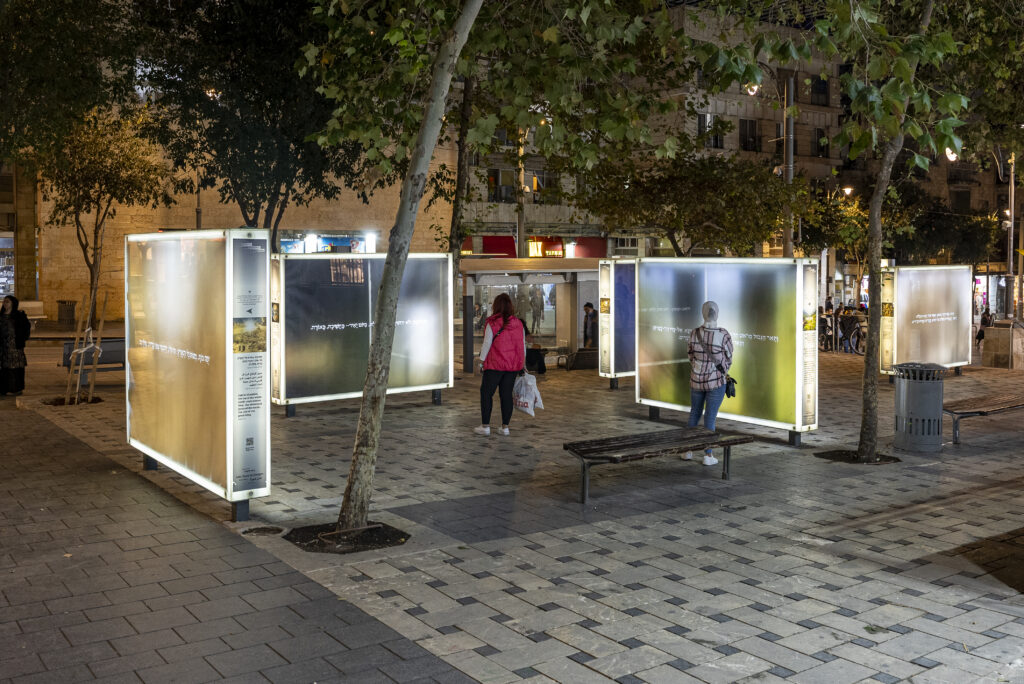
Installation Shot (September 2023)
Photo: Ofir Hayat
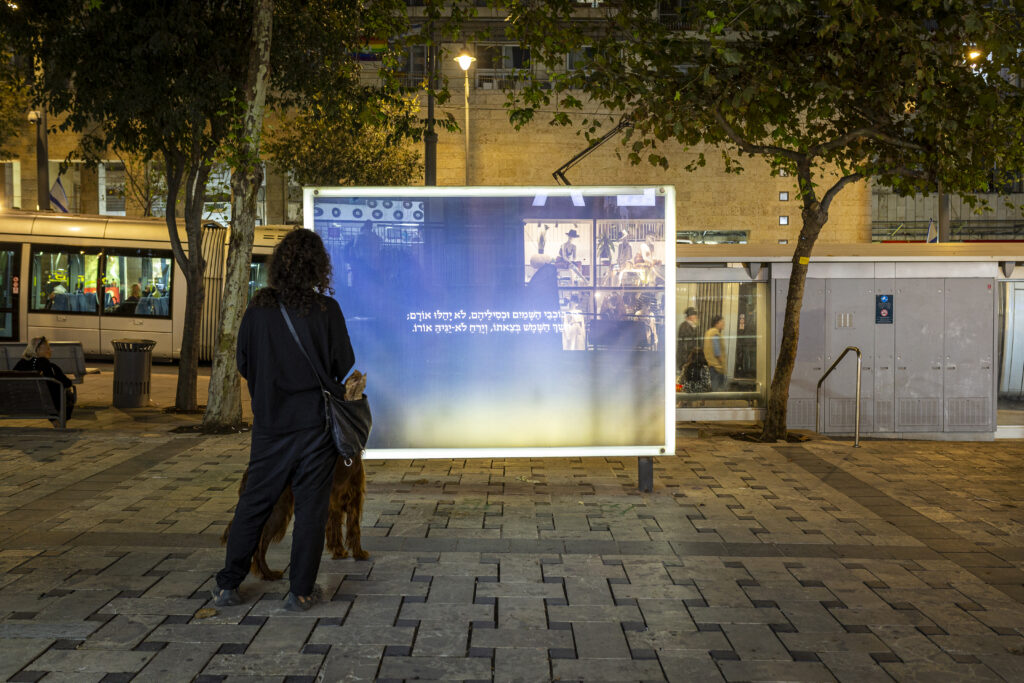
Installation Shot (September 2023)
Photo: Ofir Hayat
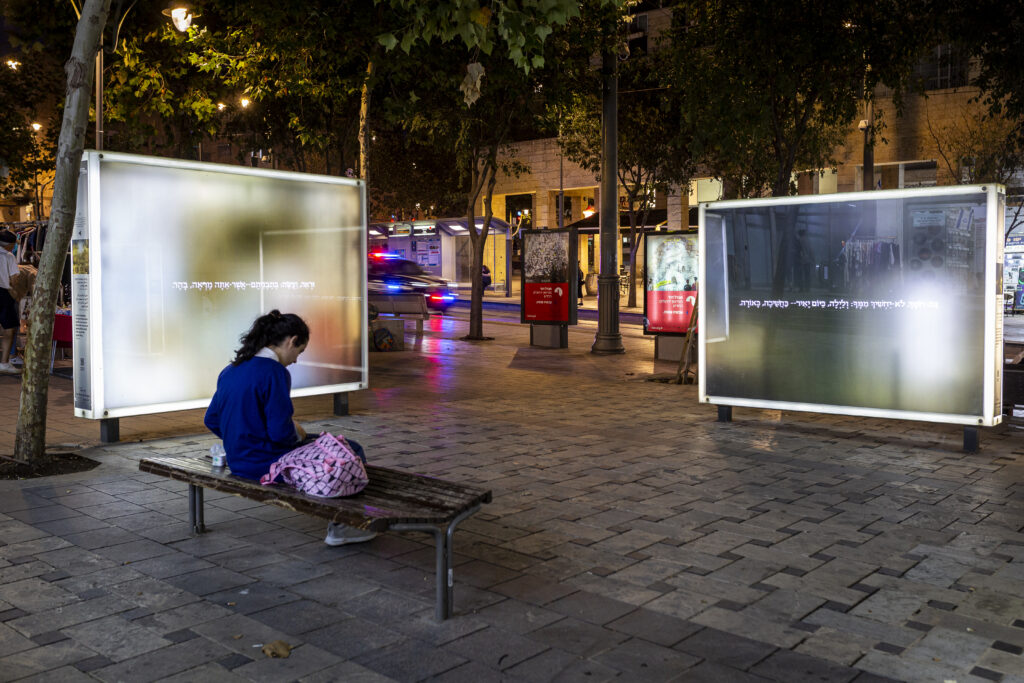
Installation Shot (September 2023)
Photo: Ofir Hayat

Installation Shot (September 2023)
Photo: Ofir Hayat
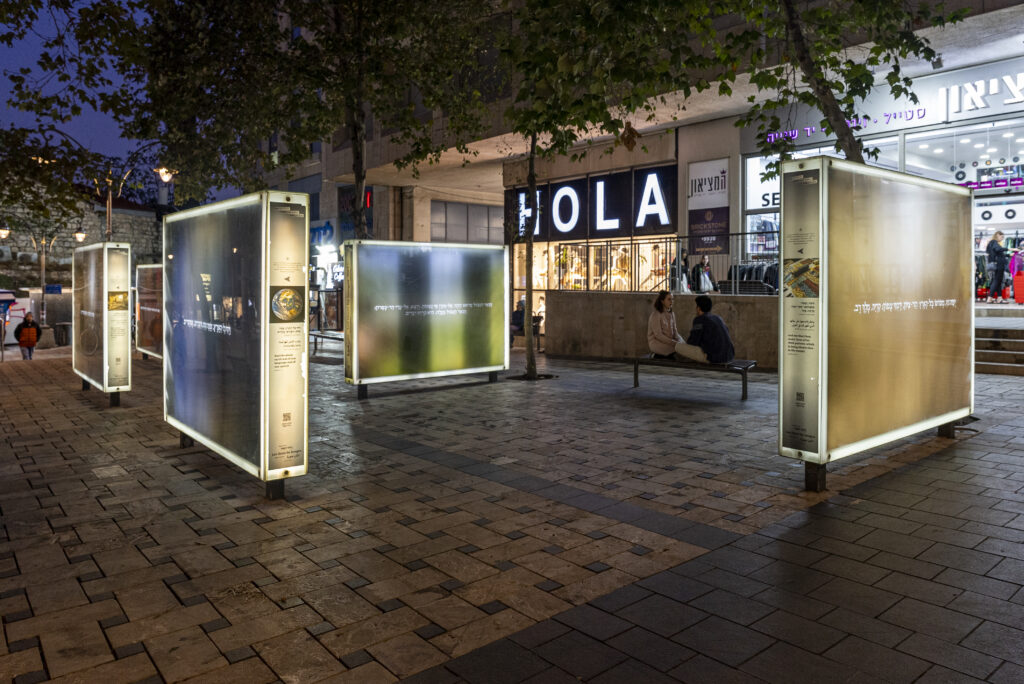
Installation Shot (September 2023)
Photo: Ofir Hayat
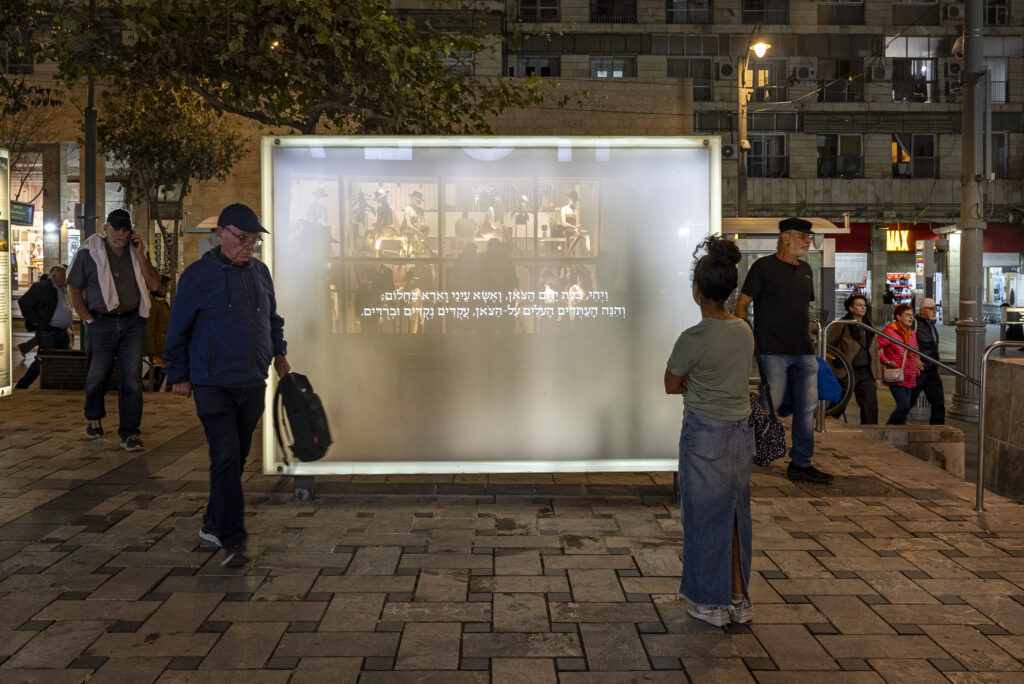
Installation Shot (September 2023)
Photo: Ofir Hayat

Where did the picture galley go?
(Post on Social Media, August 2023).
The biblical story of Creation is embodied in words: “God said, ‘Let there be light’; and there was light. God saw that the light was good, and God separated the light from the darkness. God called the light Day, and the darkness He called Night. And there was evening and there was morning, a first day” (Genesis 1:3-5). The continuation of this story was transmitted to us through words, whether handwritten or printed. These words were imbued with authority by tradition, and only through them does Judaism allow one to imagine the picture of Creation (as well as other pictures, since images must first be imagined). Consequent texts, including scientific texts, were equally cautious with pictures, making sure to distance the pictures from the written words, and maintain each as separate categories: words with only words; pictures with only pictures.
The philosopher, Vilém Flusser, predicted that the invention of photography would disrupt such distinctions. Photography, appearing as it did after modern science, is not only an efficient technology for creating pictures but also (mainly) a means of translating scientific texts into visual language, a universe of technological images. In this universe, the science that fought against visual ideologies will absorb those ideologies and become visual.
Now we can say that his prophecy has come true. No contemporary scientific text lacks visual images, in the same way that there is no visual image that is not textual in some way. The current exhibition engages in images whose inception was textual, originating in texts that could create images ex nihilo. Nine biblical verses were selected depicting various envisaged scenes, visual surveys, mapping and image creation. The texts were inputted into image generators powered by AI – Artificial Intelligence – enabling the creation of an image from a text. The photographs on the edges of the light-boxes you see in the Street Gallery resulted from such generators. “And Man saw the words; and the Machine saw their shadow; and there was an image.”